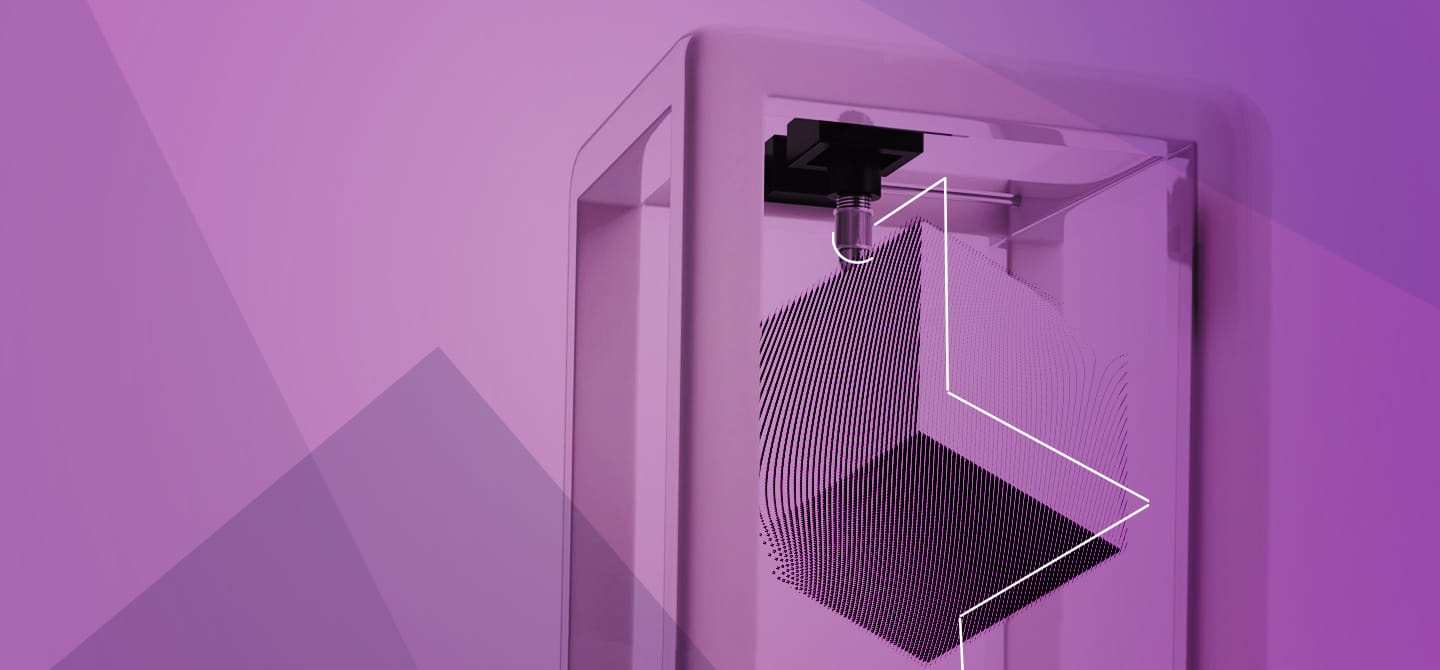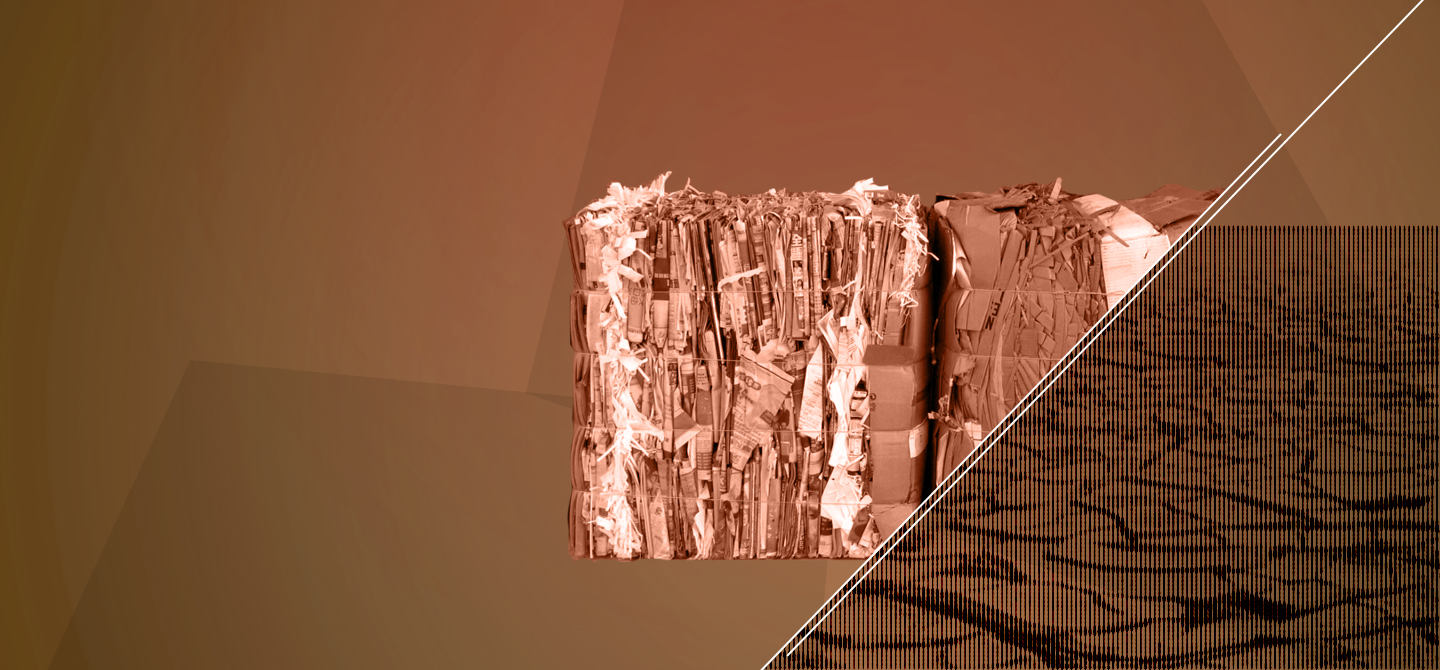What are the possibilities and challenges for 3D printing in the coming years? What is it still lacking to enter the mass production market?
Sumeet Jain. Additive manufacturing has evolved considerably over the last decade, particularly in terms of the materials available. Nevertheless, there are still obstacles to overcome if industry is to adopt 3D printing for mass production. These include lack of production grade materials, product reliability and repeatability, post-processing and cost per part.
However, manufacturers in various sectors do now recognise the untapped potential of this technology, and are working to overcome these challenges. 3D printing enables digitisation and decentralisation of production, which increases design freedom, product customisation, simplification of the supply chain and optimisation of inventory management.
We really got to see the potential of additive manufacturing during the pandemic, particularly when it proved to be a formidable way to accelerate the development and production of certain products. This impetus is likely to increase the reliability of additive manufacturing in the coming years, notably through technological advances and availability of production scale materials.
Does additive manufacturing increase sustainability?
Additive manufacturing is compatible with an industry that is sustainable not only from a business perspective, but also from a technological and health perspective. Its freedom of design allows production of lighter objects and reduces unnecessary consumption of starting materials. In addition, it allows optimal use of machine tools and the manufacture of customised products such as prostheses, dental implants, helmets and other protective equipment.
As sustainability is at the heart of our strategy, we also offer polymers produced from biosourced polyamide powders, and we are actively developing biodegradable and recyclable products to improve the environmental impact of 3D printed products.
You are working with the American start-up Continuous Composites to develop a new technology for printing continuous carbon fibres with resins. What is your objective?
Arkema’s partnership with Continuous Composites is a perfect example of how collaboration between complementary expertise can accelerate innovation. Continuous Composites’ unique continuous fibre 3D printing technology uses Arkema’s thermosetting resins (N3xtDimension®). This technique enables us to produce lightweight composite materials. In addition, Continuous Composites’ CF3D technology produces less waste and requires less labour, providing a sustainable alternative to conventional composite manufacturing.
A large proportion of products made using composites (such as aircraft parts, Formula 1 cars or sports goods) can be manufactured in this way. CF3D technology can offer considerable cost savings, opening up 3D printing to common applications, especially where composites are not yet in use.
Will the use of additive manufacturing become widespread?
The knowledge and diffusion of 3D printing is increasing day by day. Manufacturers are increasingly looking for a technology capable of responding to requests for mass product customisation. Additive manufacturing has already transformed certain sectors such as the dental industry, which is rapidly converting to digital dentistry.
During the pandemic, the additive manufacturing industry has demonstrated its ability to collaborate across borders and share its expertise. Many essential supplies, such as parts for respirators, nasal swabs and visors, were produced using 3D printing during the crisis to meet local demands.








